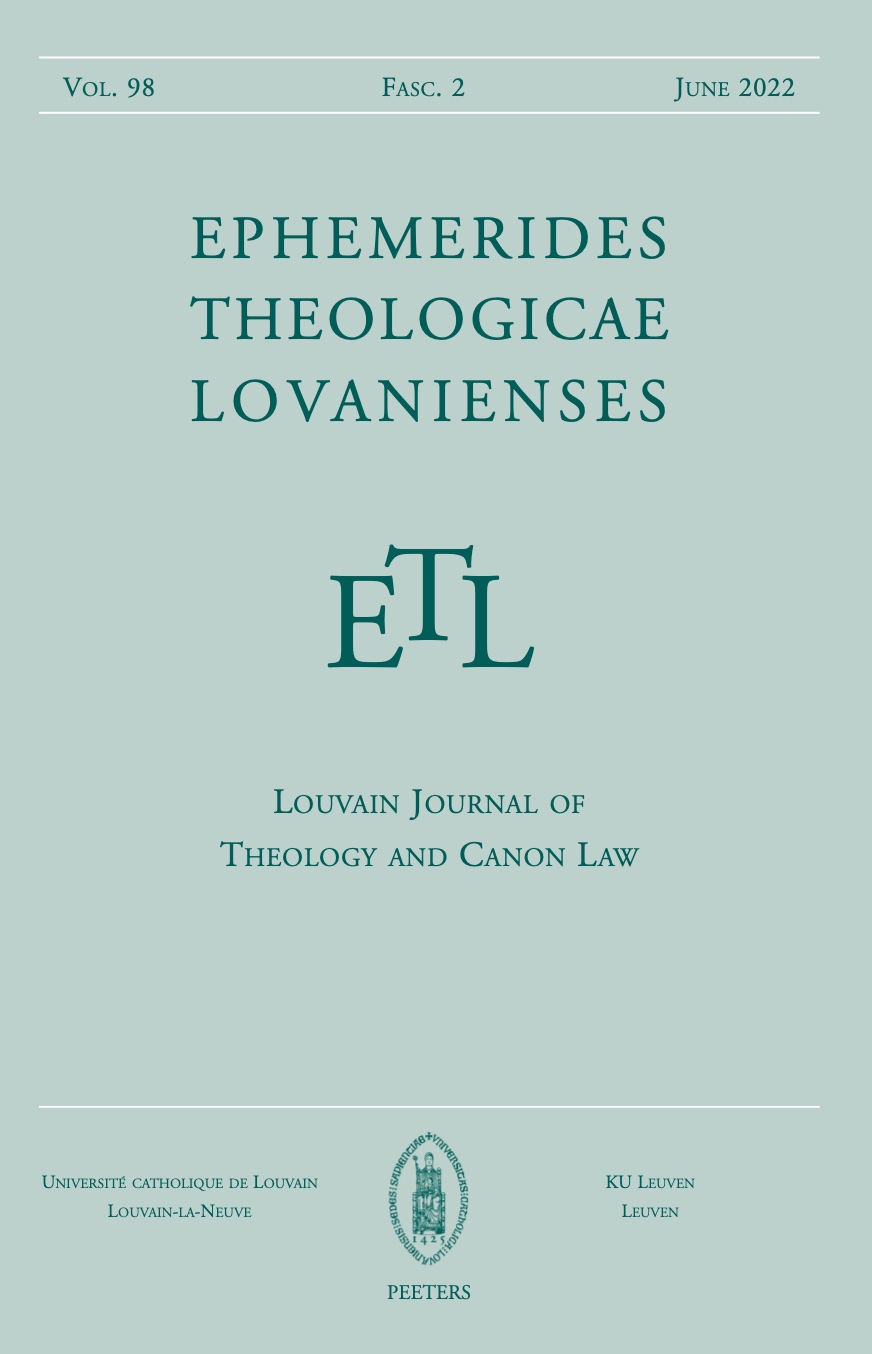 previous article in this issue previous article in this issue | next article in this issue  |

Preview first page |
Document Details : Title: La fuit du jeune homme nu en Mc 14,51-52 Author(s): BURNET, Régis Journal: Ephemerides Theologicae Lovanienses Volume: 100 Issue: 3-4 Date: 2024 Pages: 463-482 DOI: 10.2143/ETL.100.3.3293822 Abstract : The evolution of interpretations of the passage in Mark 14,51-52, concerning the young man who fled naked, reflects shifts in hermeneutical approaches over time. Initially, unnamed characters were identified with known figures such as John or James, who served as moral models. In the sixteenth century, with the rise of humanism, a return to anonymity prevailed, favoring simple and direct explanations focused on human nature. The historical-critical phase sought to pinpoint traces of historical authenticity, while more recent methods, influenced by linguistics and literary studies, have questioned this historicity, preferring to see the pericope as symbolic. Today, the emphasis is put on the effect of the text on the reader, with the young man epitomizing the collective flight of the disciples and inviting personal reflection. This development shows how a detail can illustrate general trends in biblical interpretation. |
|


